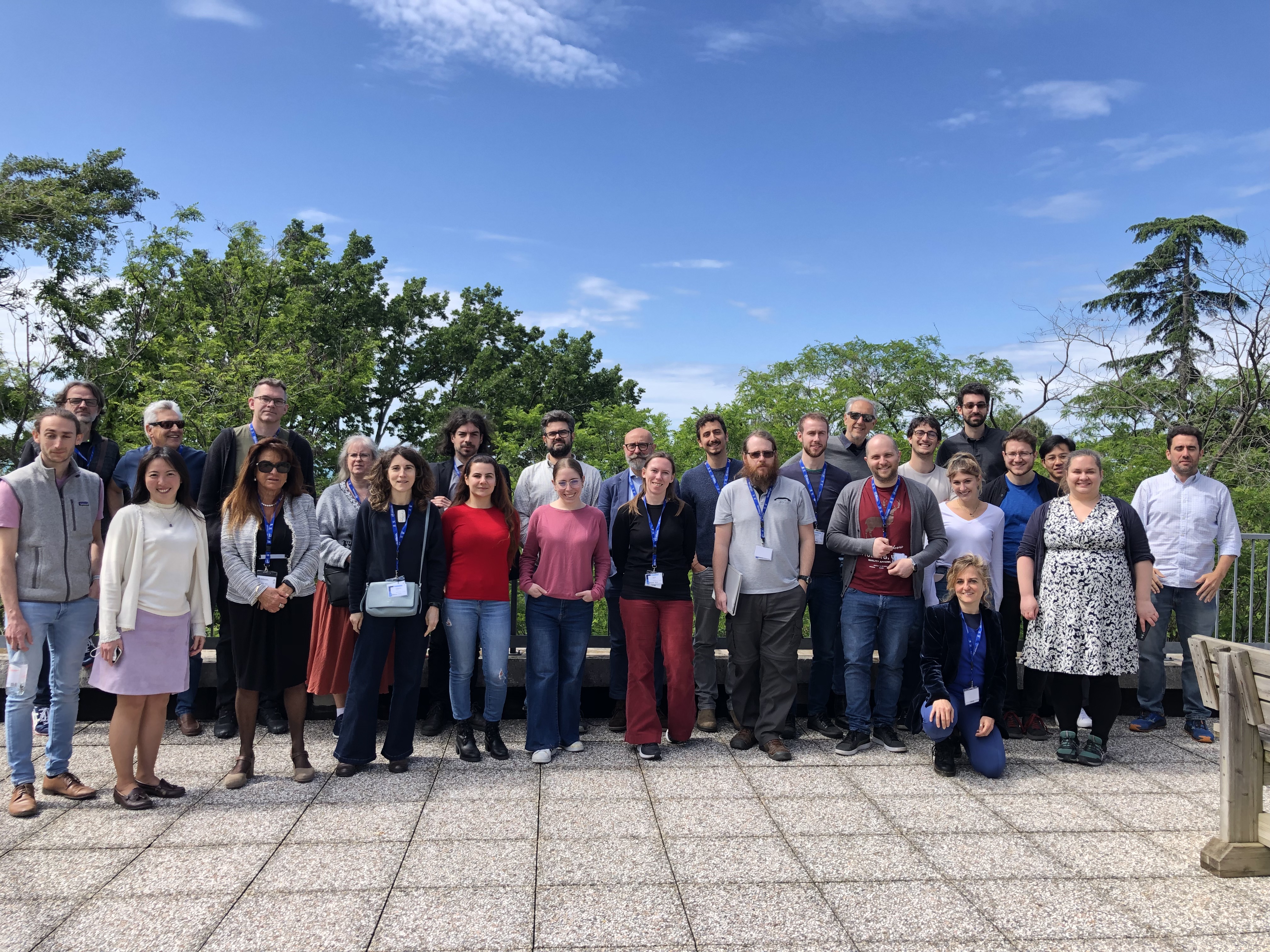Enigmatic first stars and where to find them
The first objects that formed in the Universe started several fundamental processes like the reionization of hydrogen and the production of chemical elements. At the end of their lives, they exploded as supernovae, enriching the surrounding medium and preparing the ground for the next generation of stars, or they turned into black holes which could be the seeds of the super-massive black holes observed at redshifts z~6-7. Specifying the properties of the first generation of stars - or Population III stars - and understanding how they evolve are of paramount importance for both cosmology and astrophysics.
Direct observation of the first stars is expected to be very difficult - if not impossible - (e.g. Katz et al. 2022). However, a lot of effort has been put in the development of models trying to understand their formation (e.g. Bromm & Larson 2004 for a review) and evolution (e.g. Heger & Woosley 2010; Chieffi & Limongi 2018; Salvadori et al. 2019). Observationally, most of the information comes from the so-called Galactic archeology, or the search for the low mass, extremely metal poor, second generation stars in our Galaxy carrying the nucleosynthetic signature of the chemical yields produced by the first Supernovae (e.g. Aguado et al. 2019). These signatures have been looked for also in the gas observed in absorption along the line of sight to high-redshift bright sources, however results have been generally disappointing (e.g. Welsh et al. 2022; Saccardi et al. 2023). A new probe is represented now by the exceptional capabilities of the James Webb Space Telescope (JWST) to observe extremely high-redshift galaxies (reaching possibly z~20, e.g. Harikane et al. 2022; Furtak et al. 2022) opening the possibility of detecting the galaxies hosting Pop III stars, or showing the signature of their chemical enrichment.
The stellar and extragalactic absorption/emission communities are proceeding almost independently, missing the opportunity of cross-fertilization.
The motivation for this focus week would be mainly to promote the dialogue among the different communities that investigate the nature and the evolution of the first stars in order to combine the information and possibly develop new and more effective strategies to reach the objective.

